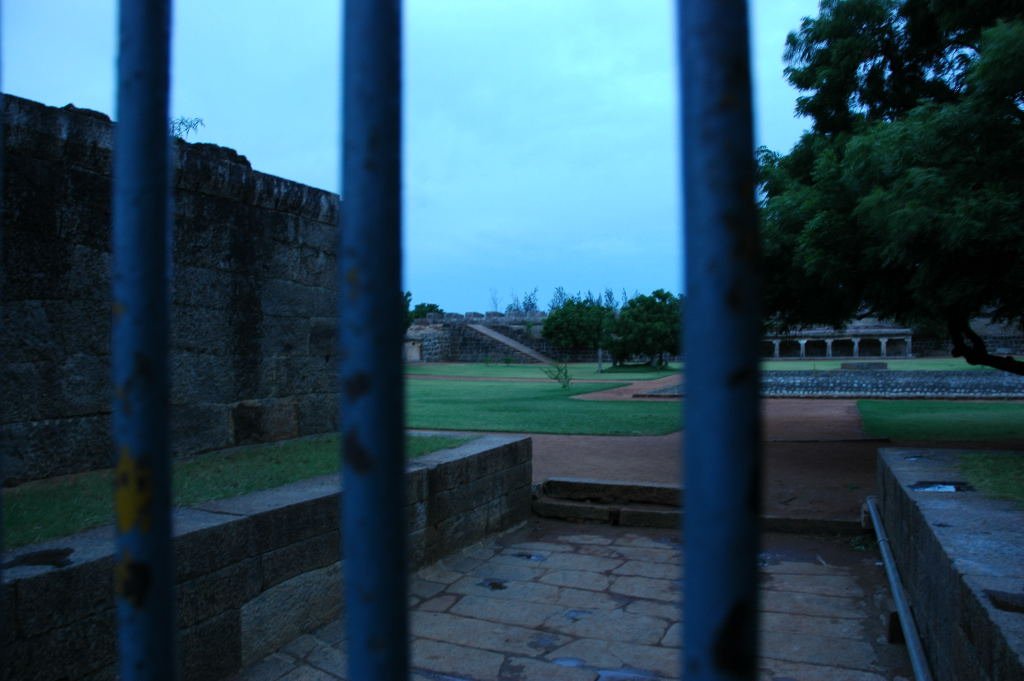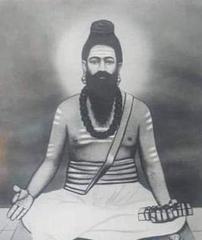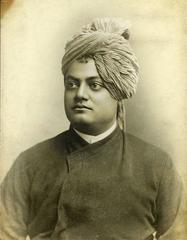
Vattakottai Fort Visiting Hours, Tickets, and Historical Significance
Date: 18/07/2024
Introduction
Table of Contents
- Introduction
- The Travancore Dynasty and the Birth of a Fortress
- A Bastion Against Colonial Ambitions
- Dutch Defeat and the Legacy of Vattakottai
- Architectural Marvel on the Coast
- Visiting Vattakottai Fort - Practical Information
- Exploring the Fort’s Interior
- Beyond the Fort Walls
- Photography Tips
- Responsible Tourism
- Frequently Asked Questions (FAQ)
- Conclusion
The Travancore Dynasty and the Birth of a Fortress
The origins of Vattakottai Fort are shrouded in the mists of time, with various legends and local folklore attributing its construction to different rulers. However, historical evidence suggests that the fort, as we see it today, was primarily built in the 18th century by the Travancore Dynasty, a powerful kingdom that ruled over the southernmost part of India. King Marthanda Varma (1729-1758), known for his military acumen and expansionist ambitions, is credited with fortifying and expanding the existing structure. Recognizing the strategic importance of the location, he envisioned Vattakottai Fort as a crucial defense against potential invaders, particularly the European colonial powers vying for control of India’s lucrative spice trade.
A Bastion Against Colonial Ambitions
The 18th century was a tumultuous period in Indian history, marked by the decline of the Mughal Empire and the rise of European colonialism. The British East India Company, with its growing influence, posed a significant threat to the sovereignty of Indian kingdoms. King Marthanda Varma, aware of the impending danger, strengthened his defenses, with Vattakottai Fort playing a pivotal role in this strategy. The fort’s location, at the southernmost tip of India, gave it a commanding view of the surrounding seas, making it an ideal vantage point to monitor maritime activity. Its robust construction, featuring massive granite walls, strategically placed bastions, and a deep moat, made it a formidable obstacle for any invading force.
Dutch Defeat and the Legacy of Vattakottai
Vattakottai Fort’s strategic importance was truly tested during the Battle of Colachel in 1741. The Dutch East India Company, having established a strong presence in Ceylon (present-day Sri Lanka), sought to expand their influence into Travancore territory. They landed a formidable force near Colachel, aiming to capture the kingdom’s capital, Padmanabhapuram. However, King Marthanda Varma, with his well-trained army and the strategic advantage offered by Vattakottai Fort, decisively defeated the Dutch. This victory, a watershed moment in Travancore’s history, effectively halted Dutch expansion in the region and cemented the fort’s reputation as an impregnable fortress.
Architectural Marvel on the Coast
Vattakottai Fort, beyond its historical significance, is an architectural marvel. Built using locally sourced granite, the fort’s design reflects a blend of indigenous Indian and European military architectural styles. The elliptical shape, a departure from the traditional square or rectangular forts, allowed for better defense against cannon fire, a testament to the evolving nature of warfare in the 18th century. The fort’s massive walls, rising to a height of 20 feet and spanning a circumference of nearly 4 kilometers, enclose a sprawling area dotted with remnants of barracks, ammunition dumps, and a freshwater well. The strategic placement of bastions, designed to provide overlapping fields of fire, highlights the fort’s defensive capabilities.
Visiting Vattakottai Fort - Practical Information
Visiting Hours
Vattakottai Fort is open to visitors every day from 9:00 AM to 5:00 PM.
Ticket Prices
The entry fee for Vattakottai Fort is nominal, typically around INR 25 for adults and INR 10 for children. It’s advisable to carry cash as card transactions might not be available.
Travel Tips
- Best Time to Visit: The ideal time to visit Vattakottai Fort is between October and March when the weather is pleasant.
- How to Get There: The fort is approximately 7 kilometers from Kanyakumari. You can reach it by hiring a taxi or taking a local bus.
- Nearby Attractions: While in Kanyakumari, also visit the Vivekananda Rock Memorial, Thiruvalluvar Statue, and the Kanyakumari Beach.
- Accessibility: The fort is partially accessible to people with disabilities, but some areas might be challenging due to uneven terrain.
Exploring the Fort’s Interior
The Fortified Gateways
The fort boasts impressive gateways, remnants of its defensive past. These gateways, with their intricate carvings and sturdy construction, offer a glimpse into the fort’s former might.
Ancient Temple Ruins
Within the fort’s walls, you’ll find remnants of an ancient temple dedicated to Lord Shiva. Though only ruins remain, they provide a fascinating glimpse into the religious history of the site.
The Tranquil Courtyard
Stepping inside the fort, you’ll find a serene courtyard, a peaceful escape from the bustling world outside. This open space, once a hub of activity, now offers a tranquil setting to soak in the fort’s historical ambiance.
Beyond the Fort Walls
Scenic Beach Views
The fort’s location on the coast offers stunning views of the surrounding beaches, including the serene Kanyakumari Beach and the picturesque Sanguthurai Beach. The sight of the waves crashing against the fort walls is a sight to behold.
Sunrise and Sunset Views
Vattakottai Fort is renowned for its breathtaking sunrise and sunset views. The vast expanse of the ocean provides a mesmerizing backdrop for these celestial events, painting the sky in vibrant hues.
Local Cuisine
No trip to Vattakottai Fort is complete without savoring the local Kanyakumari cuisine. From fresh seafood delicacies to traditional South Indian dishes, the nearby eateries offer a delightful culinary experience.
Photography Tips
- Golden Hour: Capture stunning shots during the golden hours (sunrise and sunset) when the lighting is soft and warm.
- Wide-Angle Lens: Use a wide-angle lens to capture the grandeur of the fort walls and the vastness of the ocean.
- Details and Textures: Focus on capturing the intricate details of the fort’s architecture, the textures of the granite walls, and the play of light and shadow.
- People and Culture: Include people in your frames to add a sense of scale and life to your photographs.
- Respectful Photography: Be mindful of the local culture and customs while taking photographs.
Responsible Tourism
- Respect the Environment: Dispose of waste responsibly and avoid using plastic bags.
- Support Local Businesses: Purchase souvenirs and handicrafts from local vendors to support the local economy.
- Preserve the Heritage: Treat the fort and its surroundings with respect, ensuring its preservation for future generations.
Frequently Asked Questions (FAQ)
- Q: What are the visiting hours of Vattakottai Fort?
- A: Vattakottai Fort is open daily from 9:00 AM to 5:00 PM.
- Q: How much do tickets to Vattakottai Fort cost?
- A: The entry fee is approximately INR 25 for adults and INR 10 for children.
- Q: Are there guided tours available at Vattakottai Fort?
- A: Guided tours are available upon request, providing insights into the fort’s history and architecture.
- Q: Is Vattakottai Fort wheelchair accessible?
- A: While the fort has some uneven terrain, certain areas are accessible. Battery-operated vehicles are also available for hire.
- Q: Can I bring my pet to Vattakottai Fort?
- A: Pets are generally not allowed inside the fort premises.



